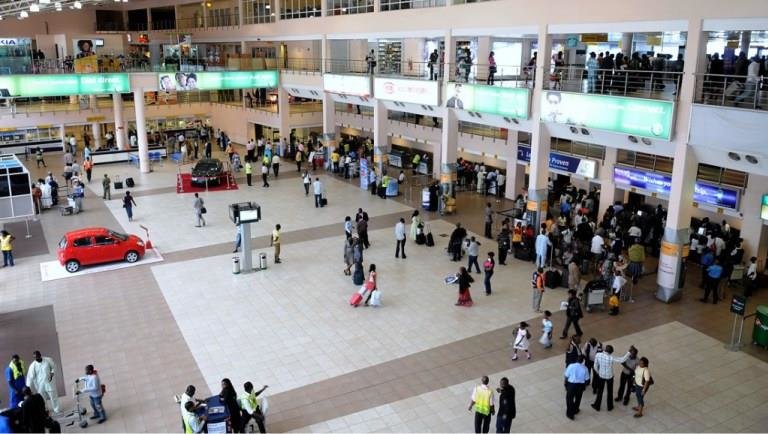Airline operators have accused the Nigeria Meteorological Agency (NIMET) of providing inadequate weather information services to airlines and their customers, with impacts on scheduled services.
The operators, under the aegis of Airline Operators of Nigeria (AON), said the lack of synergy partly accounted for multiple flight delays that peaked at 53 per cent in 2023.
However, the apex regulatory body, the Nigeria Civil Aviation Authority (NCAA), disagreed with the operators, passing the blame for poor schedule services on the airlines.
Spokesperson of AON, Prof. Obiora Okonkwo, at the presentation of the annual Seasonal Climate Predictions (SCP) recently in Abuja, noted that in developed countries, people don’t leave their homes without checking the weather forecast.
He said the issue of weather comes up on CNN, and BBC on the hour, saying they hoped that NIMET would find a way to make weather information more accessible to all.
Okonkwo said that NIMET must ensure that appropriate equipment are installed at all airports as well as work with the AON.
He said, “In most parts of the world, aircraft land in zero visibility, but today in Nigeria, the Cockpit crew will have to land visually (and instrument landing). It’s a serious issue because whenever aircraft are landing, we hold our chests in our hands. Due to the harmattan haze, these are bad times for aircraft landing and partly the cause of flight delays.
“It’s important we have this weather information beforehand, before coming to the airport because if we have this information in advance, we will be able to make some adjustments,” he said.
But the Acting Director-General of the CAA, Capt. Chris Najomo, debunked the allegations, stating that weather information gets to the airline in real-time.
He said: “I have flown for 43 years, and I know we get this weather information. During those days we get weather information every hour, but now we get it every 15 minutes. You can even get a space weather forecast in case the weather changes, so the credit goes to NIMET.”
The Acting DG added that across all the 22 airports, there are Category II Instrument Landing Systems for landing in poor visibility.
“If you are type-rated and trained to fly, you can land in any weather, and we have those facilities now in Nigeria.”
